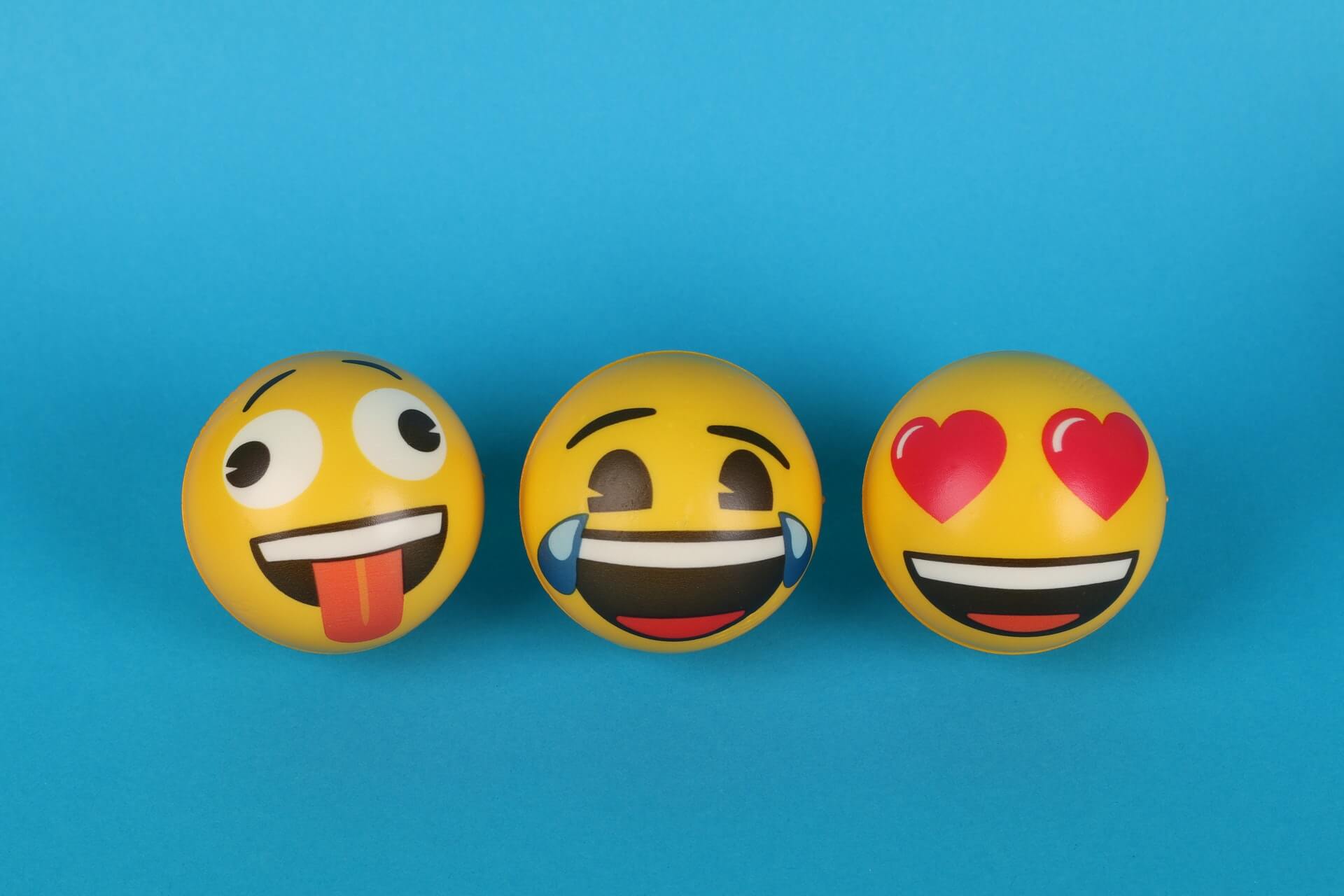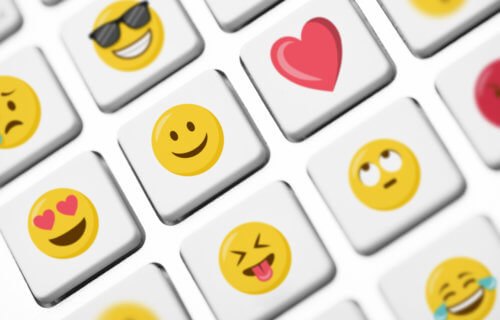TOKYO, Japan — Using emojis is one of the many ways people express how they feel while communicating with others. While the eggplant emoji tends to mean one thing (and we’re not talking about grocery shopping), other emoticons, like a smiley face can mean many different things. It turns out many people may be hiding their true thoughts behind these friendly faces. New social psychology research from Japan finds that people tend to use more positive emojis when they want to mask negative feelings.
“As online socializing becomes more prevalent, people have become accustomed to embellishing their expressions and scrutinizing the appropriateness of their communication,” says study co-author Moyu Liu, a researcher at the University of Tokyo, in a media release. “However, I realized that this may lead us to lose touch with our authentic emotions.”
The choice to hide your negative emotions may come from how people expect you to feel or act in certain scenarios. Think about your grandmother and if she gave you an ugly sweater she hand-knit just for you. Chances are, you might have smiled and said thank you — all while thinking that you’d never be caught in public wearing this. It’s called the display rule — socially appropriate responses to emotions. People follow display rules to keep peace and harmony amongst others and avoid any backlash of being too negative. If you had said what you really felt about the sweater, your grandma may have gotten upset, and you might be branded as the ungrateful member of the family.
When do people mask their true feelings?
As people interact more online than in person, Liu looked into how we’ve digitized the display rule to express and hide our true emotions. The researcher recruited 1,289 people with Simeiji, the most popular and downloadable emoji keyboard. Previous studies have found that people use emojis to express facial expressions they would probably make in real life. However, it’s been unclear if these emojis convey people’s experiences.
Too much faking your emotions, even online, could create emotional exhaustion from maintaining your image. Negative emotions are particularly worrisome as they are usually less appropriate to talk about publicly. However, other factors impact the display rule. Talking to someone close to you is more acceptable than a complete stranger. Those living in individualist societies like the United States might be more accepting of expressing all kinds of sentiments than in collectivist societies like Japan, which prioritize the group over the individual.

Study participants answered several questions on their emoji usage and overall well-being. Then, Liu presented them with messages of varying social contexts and asked them to respond how they normally would to the post. The researcher rated the intensity of emotional expressions in their replies.
People felt comfortable expressing more emotions when speaking with close friends or about private issues. The least emotional messages occurred while speaking with someone of a higher status.
When people did express their emotions, it often came with emojis that matched the tone of the message. Although, when people felt the need to mask their true emotions, they would use opposite emojis to drive the message home. For example, people would add smiling emojis to hide negative emojis. They used negative emojis like mad or frowning faces only when people felt strongly about their negative feelings.
Who’s using emojis the most?
Overall, expressing emotions via emojis displays a link to higher subjective well-being versus people who often mask how they feel.
“With online socializing becoming ever more prevalent, it is important to consider whether it is causing us to become more detached from our true emotions,” explains Liu. “Do people require a ‘shelter’ to express their genuine emotions, and is it possible to break free from pretense and share our true selves in online settings?”
Future research on the topic will focus on recruiting a broader pool of people. The Simeji keyboard is extremely popular among young women with most study participants being women in Generation Z. However, this may also have to do with women being more likely to use emojis in general.
“Future research should explore potential gender differences in emoji display rules and examine the structural issues surrounding the formation of these emotion cultures,” cautions Liu. “Second, Japanese culture’s emphasis on interpersonal harmony and concealment of negative emotions may have influenced the results.”
The study is published in the journal Frontiers in Psychology.

